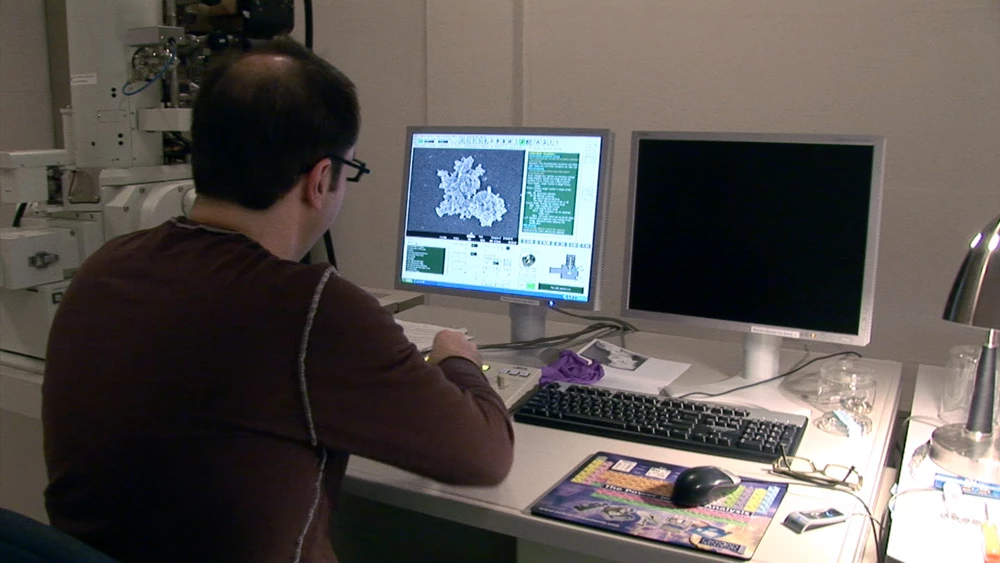For centuries, the world's great thinkers were consumed by the search for the mythical Philosopher's Stone. Franciscan friar Roger Bacon is said to have penned a formula for its creation in the 13th century, legend would have us believe that German friar Albertus Magnus actually found a substance capable of transmuting base metals into gold or silver, and English scientist and mathematician Isaac Newton was a known devotee of the magnum opus. Researchers at Michigan State University (MSU) have put a microbial spin on the ancient quest by creating a bioreactor that forces bacteria to transform a toxic liquid that, as team member Kazem Kashefi says, "has no value into a solid, precious metal that’s valuable."
First and foremost, The Great Work of the Metal Lover (Magnum Opus Metallidurans) is described as an art installation, but one which embraces biotechnology and alchemy, too. The work of associate professor of electronic art and intermedia at MSU Adam Brown, in collaboration with assistant professor of microbiology and molecular genetics Kazem Kashefi, the portable laboratory features a highly specialized metallotolerant extremophilic bacterium called Cupriavidus metallidurans, which is contained within a custom glass bioreactor that creates an engineered atmosphere with the help of a gas manifold and a gas tank filled with carbon dioxide and hydrogen.

According to the researchers, the extreme minimal ecosystem within the bioreactor forces the bacteria to metabolize high concentrations of highly toxic gold chloride introduced into the system. After about a week of gorging, tiny amounts of usable 24-karat gold metal begin to form. The whole conversion process is documented in real time via a USB-connected microscope and video feed.
A second part of the experiment involves using a scanning electron microscope to create a series of images where the gold deposits produced by the microbes are identified and 24K gold leaf (some of which has been produced in the bioreactor) is selectively applied to prints.
"The Great Work of the Metal Lover speaks directly to the scientific preoccupation with trying to shape and bend biology to our will within the post biological age, essentially questioning the ethical and political ramifications of attempting to perfect nature," says Brown.
The stunning gold-plated bioreactor was recently displayed at Austria's prestigious Prix Ars Electronica 2012, where it picked up an Honorary Mention.

Brown says that the Earth's lakes and oceans are believed to contain trillions of dollars of dissolved gold in very dilute concentrations. Some researchers have even suggested that gold deposits are not formed through heat, pressure and geochemical processes at all, but by the action of microorganisms.
According to Brown, the cost of upscaling the experimental model would be prohibitive, so commercial production is unlikely, which is probably just as well. After all, having to admit that the beautiful gold pendant that you've just gifted your loved one was made by superstrength bacteria might just take the shine off the magic moment you were hoping to create.
The "Great Work of the Metal Lover" is fully detailed in the video below.
Source: MSU














